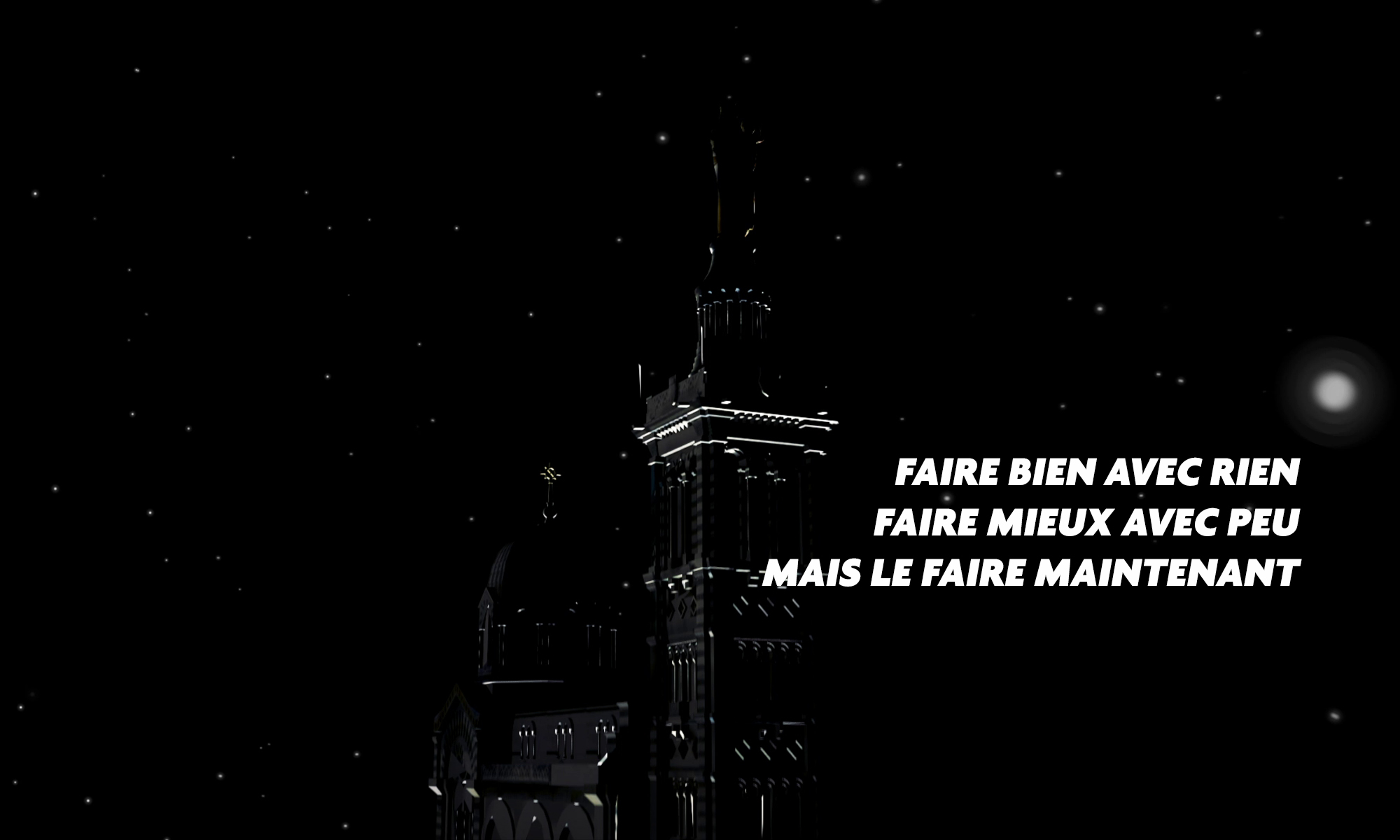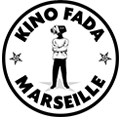Deconstructing the Art of Cinematic Storytelling
Deconstructing the Art of Cinematic Storytelling
The art of cinematic storytelling is a complex and multifaceted process that involves various creative elements, including direction, cinematography, sound design, and editing. Among these elements, film editing plays a crucial role in shaping the narrative and emotional arc of a movie. Film editors are the unsung heroes of filmmaking, working behind the scenes to create a cohesive and engaging story that captivates audiences worldwide. But what exactly do film editors do, and how do they contribute to the overall cinematic experience?
The Unsung Heroes of Filmmaking
Film editors are responsible for assembling the various elements of a movie, including footage, sound effects, music, and dialogue, into a cohesive narrative. They work closely with the director to understand their vision and bring it to life on the big screen. As "The editor is the last writer on the film," says renowned film editor, Thelma Schoonmaker. This statement highlights the significant creative input that editors have in shaping the final product. By carefully selecting and arranging the various elements, editors can create a unique tone, pace, and emotional resonance that draws the audience into the story.
The role of film editors is not limited to simply assembling the footage; they are also responsible for making creative decisions that can significantly impact the narrative. For instance, editors may choose to use a particular editing technique, such as a jump cut or a montage, to convey a specific emotion or idea. They may also decide to alter the pacing of a scene to create tension or suspense. These creative decisions can make a significant difference in the overall impact of the movie, and editors must work closely with the director to ensure that their vision is realized.

The Psychology of Pacing
Pacing is a critical aspect of cinematic storytelling, and film editors play a significant role in creating a narrative flow that engages and captivates the audience. By carefully controlling the length and timing of each scene, editors can create a sense of tension, suspense, or release that draws the audience into the story. As "Pacing is the rhythm of the film, and it's what keeps the audience engaged," says film editor, Joe Walker. Editors use various techniques, such as cross-cutting, montage, and slow motion, to create a unique pacing that complements the narrative and enhances the emotional impact of the movie.
For example, in a action movie, the editor may use quick cuts and fast-paced music to create a sense of excitement and energy. In a romantic drama, the editor may use slower cuts and softer music to create a sense of intimacy and emotional depth. The pacing of a movie can also be used to create a sense of unease or tension, as in a horror movie, where the editor may use long takes and eerie sound effects to create a sense of fear and anticipation. By carefully controlling the pacing, editors can create a unique cinematic experience that draws the audience into the story and keeps them engaged until the very end.
The Power of Montage
Montage is a powerful editing technique that involves combining multiple shots or scenes to convey a specific idea or emotion. Film editors use montage to create a visual narrative that complements the dialogue and action, and to convey complex ideas or themes in a concise and engaging way. As "Montage is a way of telling a story without words," says film editor, Michael Kahn. By using montage, editors can create a unique visual language that adds depth and complexity to the narrative, and enhances the emotional impact of the movie.
For instance, in a movie about a character's journey, the editor may use a montage sequence to show the character's progression from one point to another. The montage may include shots of the character walking, running, or traveling, interspersed with shots of landscapes, cities, or other environments. The music and sound effects used in the montage can also add to the emotional impact, creating a sense of excitement, nostalgia, or wonder. By using montage, editors can create a unique and engaging visual narrative that complements the dialogue and action, and adds depth and complexity to the story.
The Editor-Director Collaboration
The collaboration between film editors and directors is a critical aspect of the filmmaking process. Editors work closely with directors to understand their vision and bring it to life on the big screen. As "The editor and director are like two halves of the same brain," says film editor, Anne V. Coates. This collaboration involves a deep understanding of the narrative, characters, and themes, as well as a shared creative vision. By working together, editors and directors can create a cohesive and engaging story that captivates audiences worldwide.
For example, in a movie about a complex character, the editor and director may work together to create a narrative that explores the character's inner world. The editor may use techniques such as voiceovers, flashbacks, or dream sequences to convey the character's thoughts and feelings, while the director may use camera angles, lighting, and composition to create a visual atmosphere that complements the narrative. By collaborating closely, editors and directors can create a unique and engaging cinematic experience that draws the audience into the story and keeps them engaged until the very end. Some key aspects of this collaboration include:
- Developing a shared creative vision
- Understanding the narrative, characters, and themes
- Working together to create a cohesive and engaging story
- Using editing techniques to convey complex ideas or emotions
- Creating a unique visual language that complements the dialogue and action
Gaming Storytelling Connections
The art of cinematic storytelling has a surprising connection to the world of interactive gaming, where players are immersed in a narrative that unfolds through their actions. As we explore the ways in which film editors shape the narrative and emotional arc of a movie, we can also see parallels with the way game designers create engaging storylines for players. For instance, the use of suspense and tension in a movie can be similar to the way a game builds anticipation for a big win, and players can experience a similar rush of excitement when they hit a jackpot while playing Poison Eve slot (NoLimit City). This intersection of storytelling and gameplay is a fascinating area of study, and one that can provide insights into the ways in which we respond to narrative and interactive experiences. By examining the ways in which game designers use storytelling techniques to engage players, we can gain a deeper understanding of the power of narrative to shape our emotions and experiences.
The Future of Film Editing
The future of film editing is exciting and uncertain, with emerging technologies such as AI-assisted editing and virtual reality set to revolutionize the craft. As "The future of film editing is all about experimentation and innovation," says film editor, Pietro Scalia. These technologies will enable editors to work more efficiently and creatively, using data and analytics to inform their decisions and create a more immersive cinematic experience. However, they also raise important questions about the role of human editors in the filmmaking process, and the potential impact of automation on the creative industry.
For instance, AI-assisted editing may enable editors to automate routine tasks such as color correction or sound design, freeing them up to focus on more creative aspects of the craft. Virtual reality may enable editors to create immersive and interactive experiences that draw the audience into the story in new and innovative ways. However, these technologies also raise concerns about the potential loss of jobs and the homogenization of creative styles. As the film industry continues to evolve, it will be important for editors, directors, and other creatives to work together to ensure that these new technologies are used to enhance the cinematic experience, rather than diminish it.

